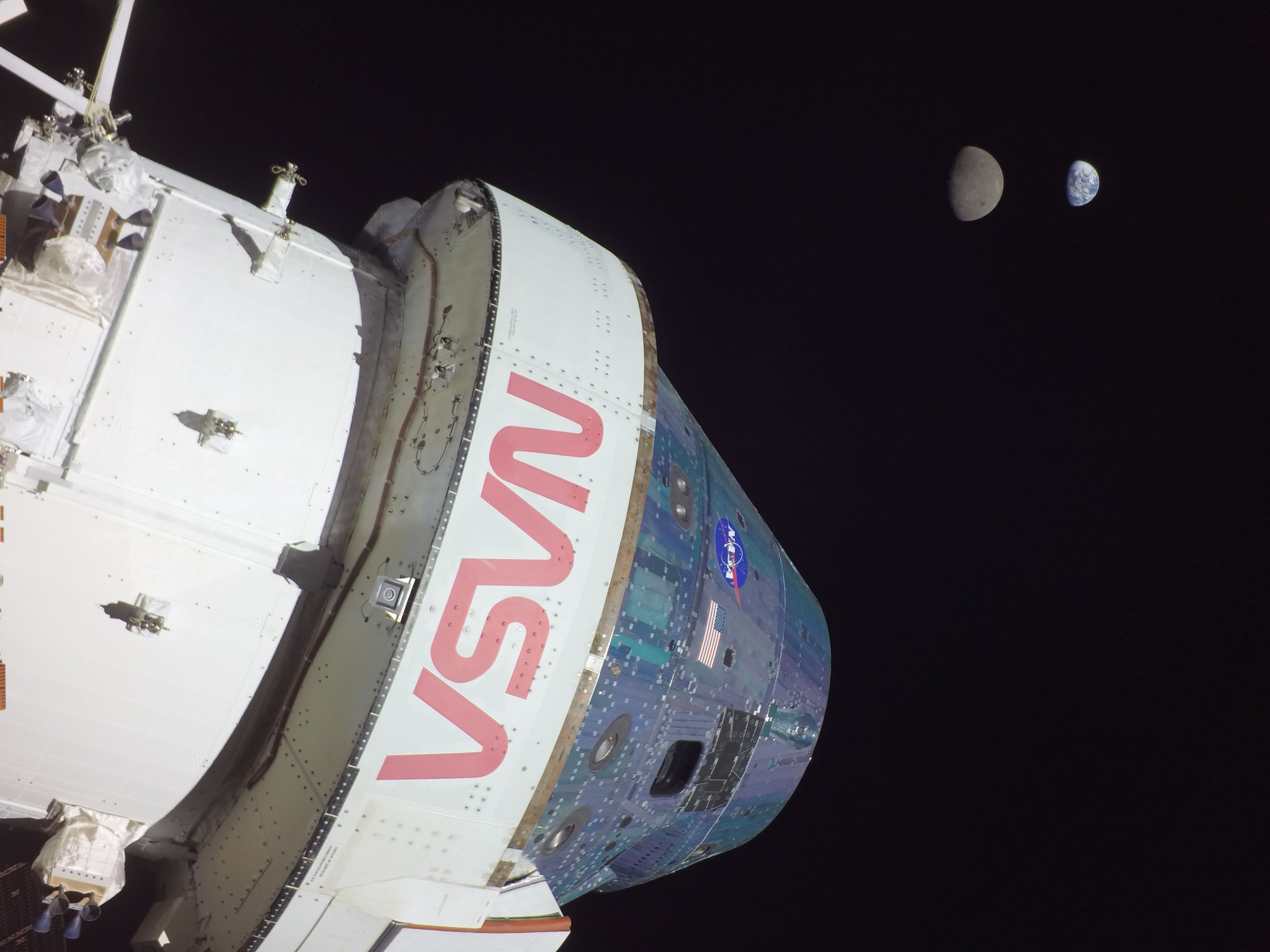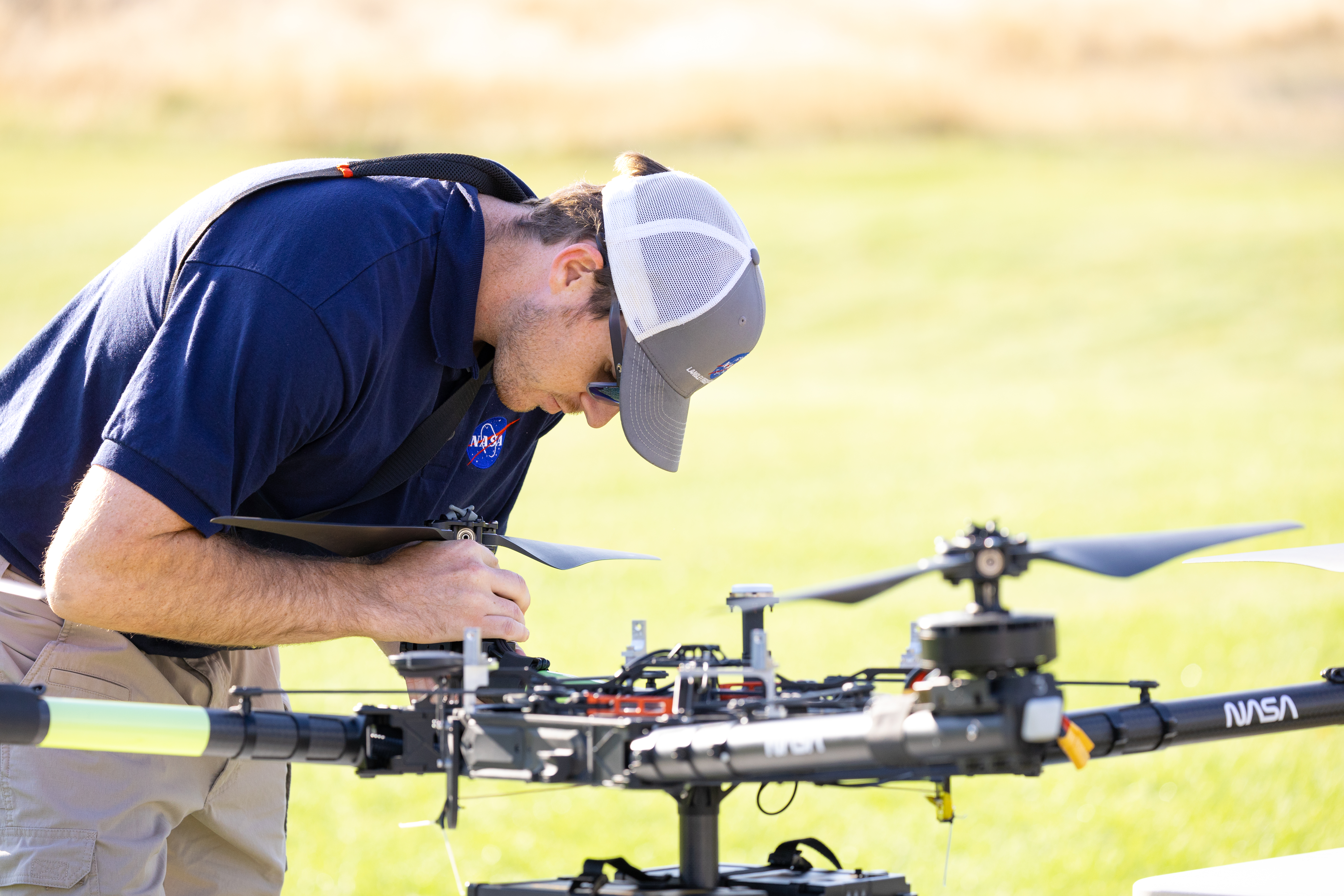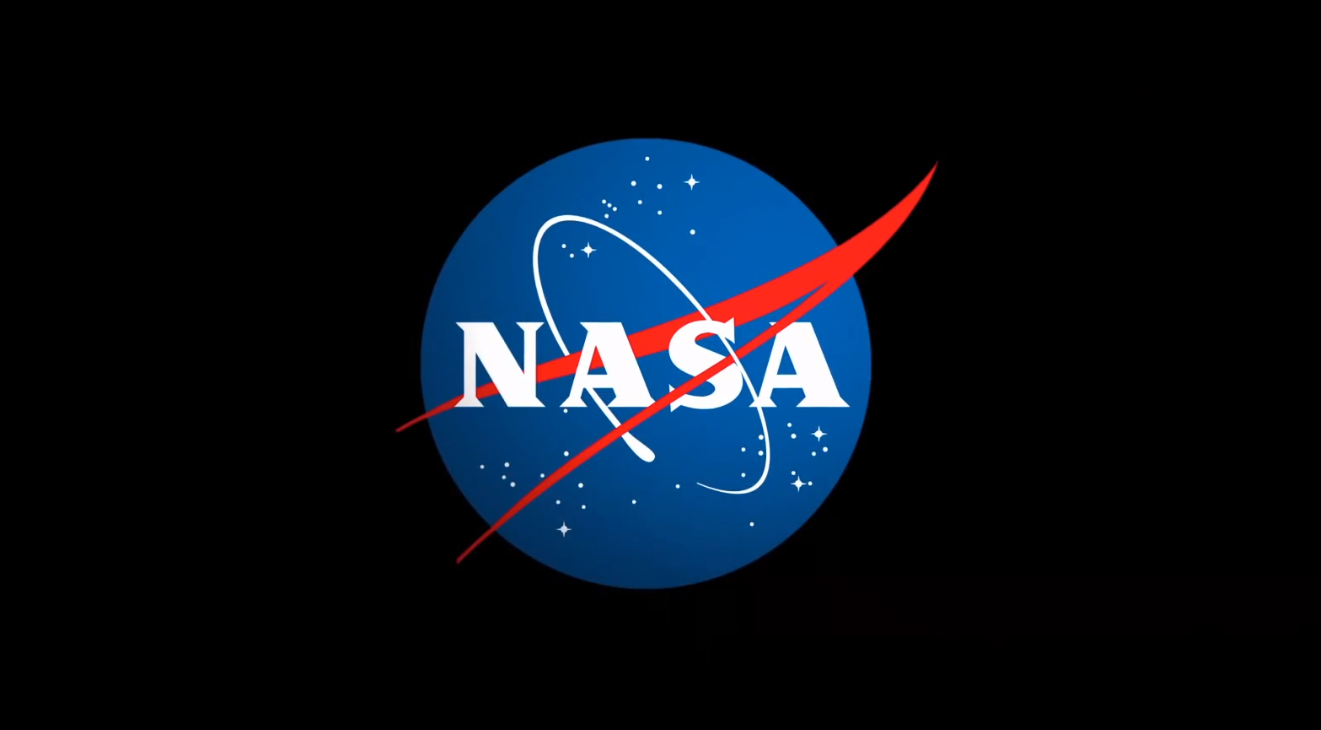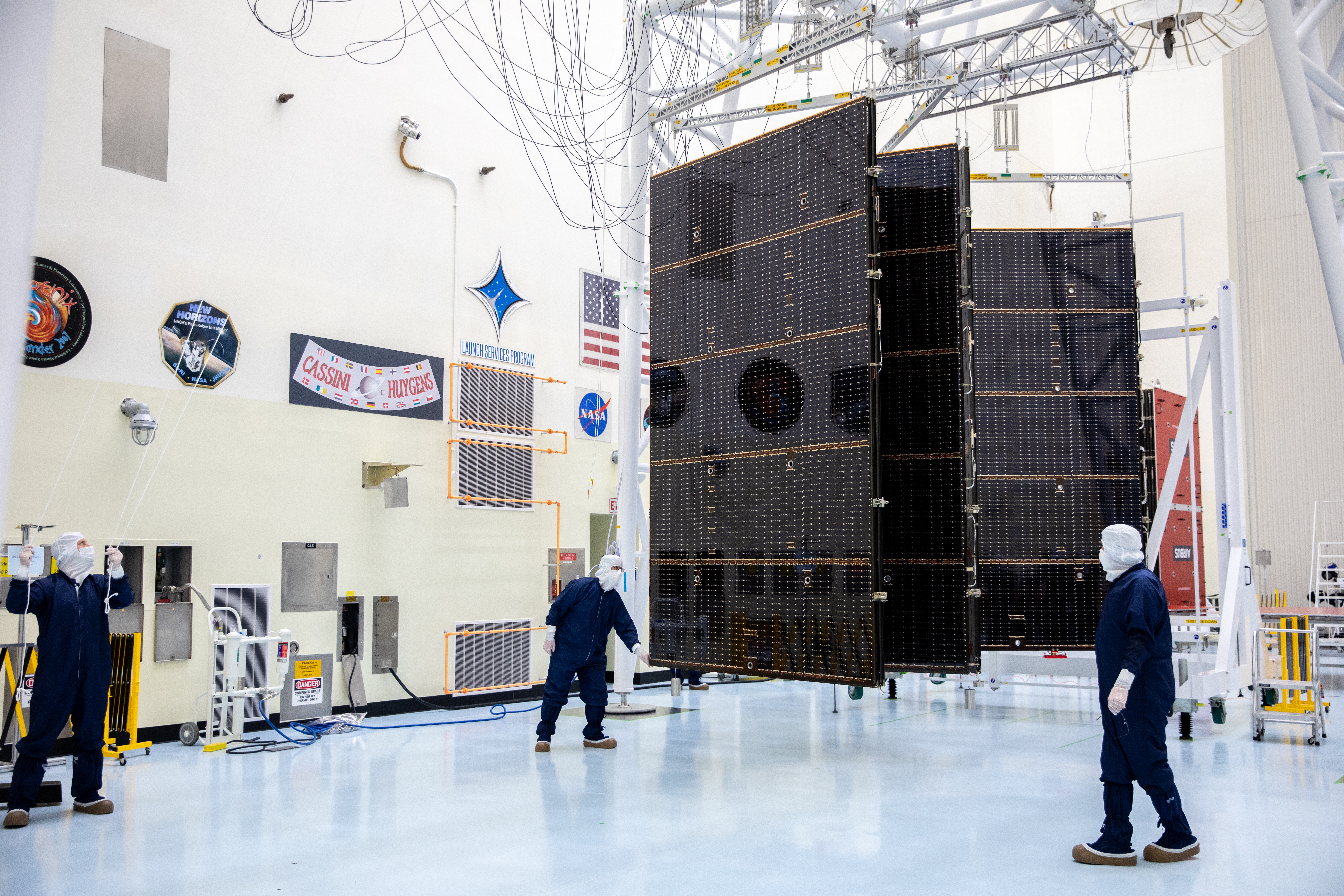Artemis I Radiation Measurements Validate Orion Safety for Astronauts
NASA’s Orion spacecraft is designed to keep astronauts safe in deep space, protecting them from the unforgiving environment far from Earth. During the uncrewed Artemis I mission, researchers from NASA, along with several collaborators, flew payloads onboard Orion to measure potential radiation exposure to astronauts. Radiation measurements were taken inside Orion by 5,600 passive sensors […]
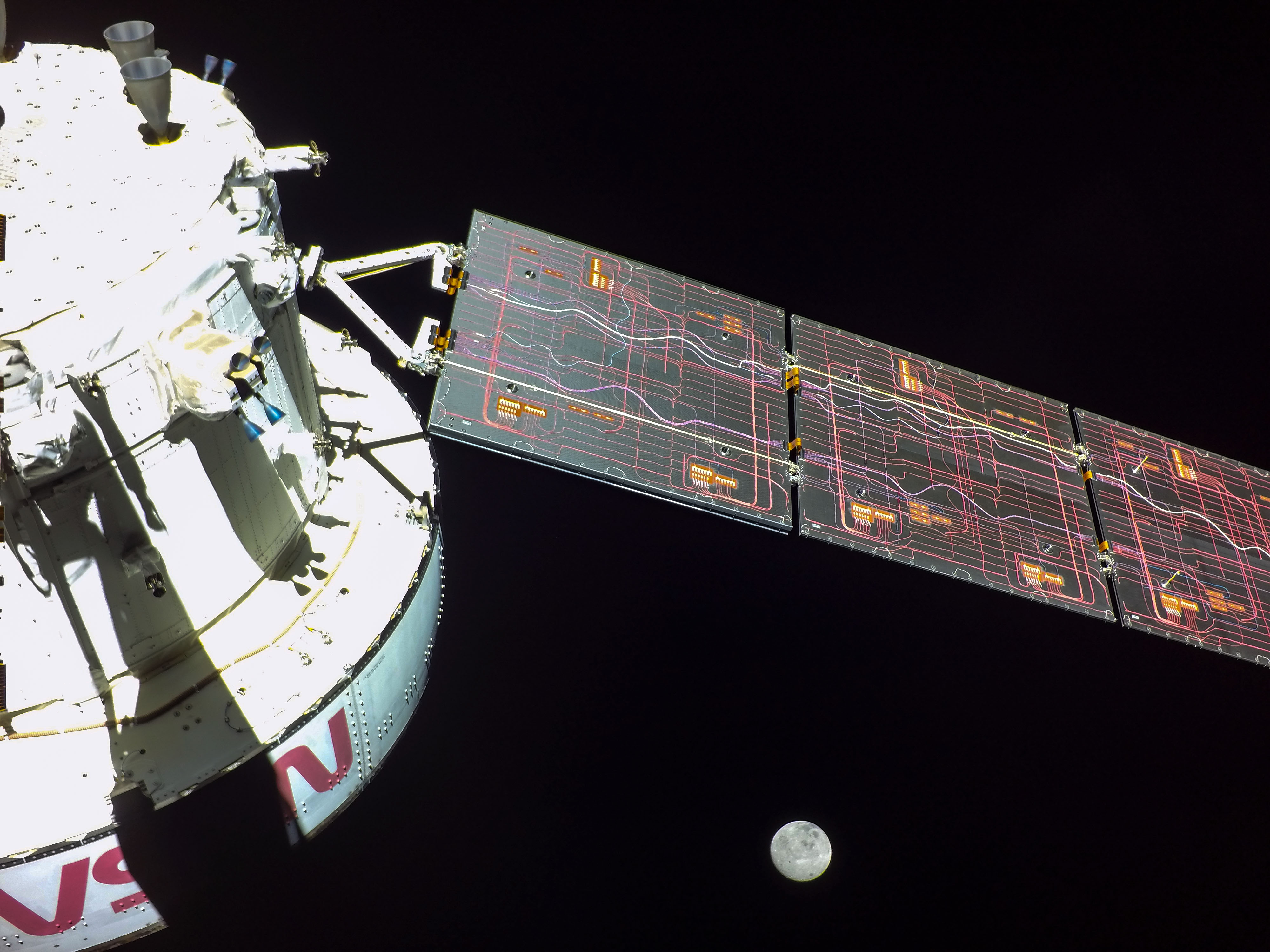
NASA’s Orion spacecraft is designed to keep astronauts safe in deep space, protecting them from the unforgiving environment far from Earth. During the uncrewed Artemis I mission, researchers from NASA, along with several collaborators, flew payloads onboard Orion to measure potential radiation exposure to astronauts.
Radiation measurements were taken inside Orion by 5,600 passive sensors and 34 active radiation detectors during its 25.5-day mission around the Moon and back, which provided important data on exposure within the Earth’s Van Allen radiation belt. These detailed findings were published in a recent scientific article through a collaborative effort by NASA’s Space Radiation Analysis Group, the DLR (German Space Center), and ESA (European Space Agency). The measurements show that while radiation exposure can vary depending on location within Orion, the spacecraft can protect its crew from potentially hazardous radiation levels during lunar missions.
Space radiation could pose major risks to long-duration human space flights, and the findings from the Artemis I mission represent a crucial step toward future human exploration beyond low Earth orbit, to the Moon, and eventually to Mars.
NASA’s HERA (Hybrid Electronic Radiation Assessor) and Crew Active Dosimeter, which were tested previously on the International Space Station, and ESA’s Active Dosimeter, were among the instruments used to measure radiation inside Orion. HERA’s radiation sensor can warn crew members need to take shelter in the case of a radiation event, such as a solar flare. The Crew Active Dosimeter can collect real-time radiation dose data for astronauts and transmit it back to Earth for monitoring. Radiation measurements were conducted in various areas of the spacecraft, each offering different levels of shielding.
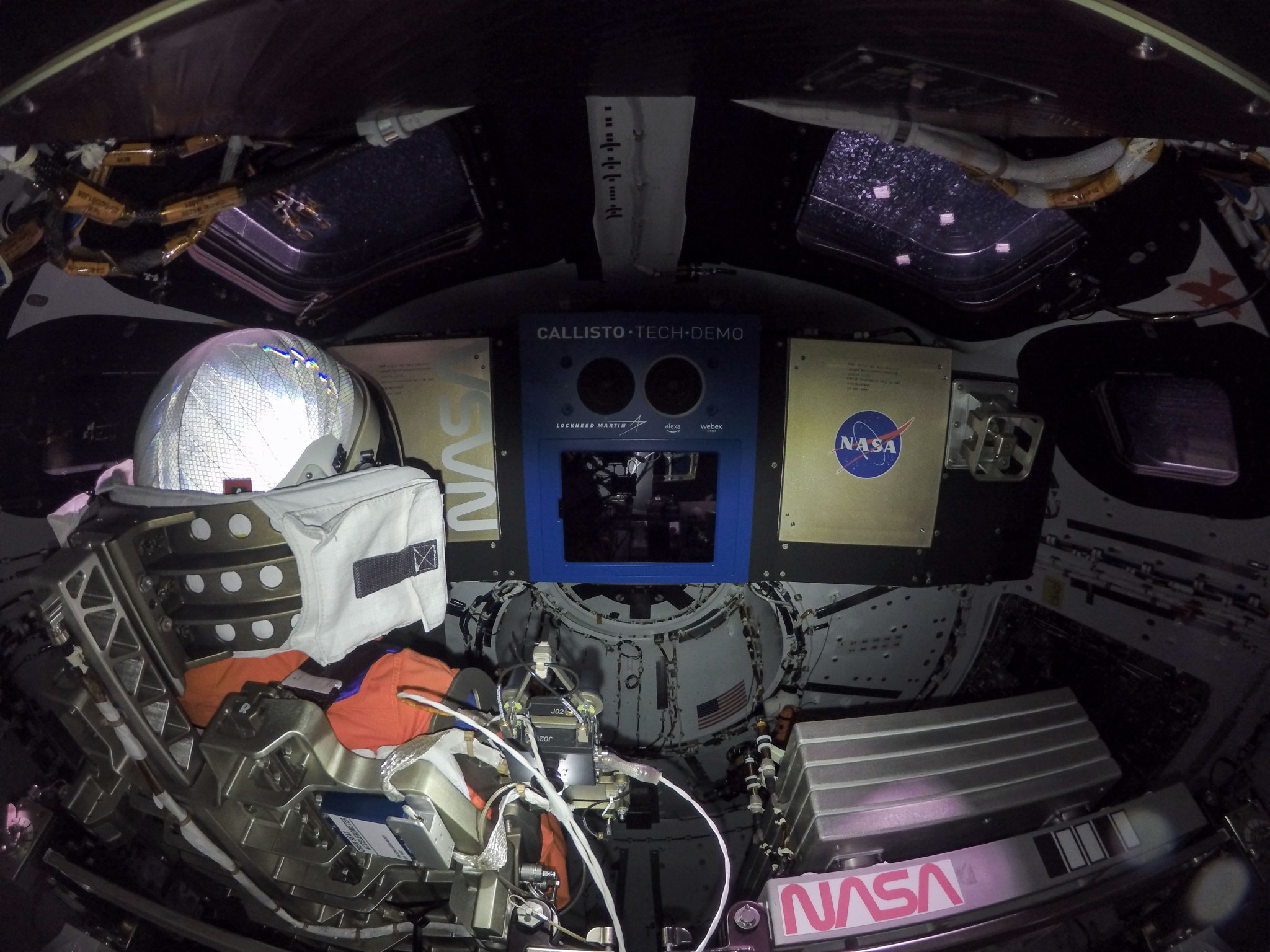
In addition, the Matroshka AstroRad Radiation Experiment, a collaboration between NASA and DLR, involved radiation sensors placed on and inside two life-sized manikin torsos to simulate the impact of radiation on human tissue. These manikins enabled measurements of radiation doses on various body parts, providing valuable insight into how radiation may affect astronauts traveling to deep space.
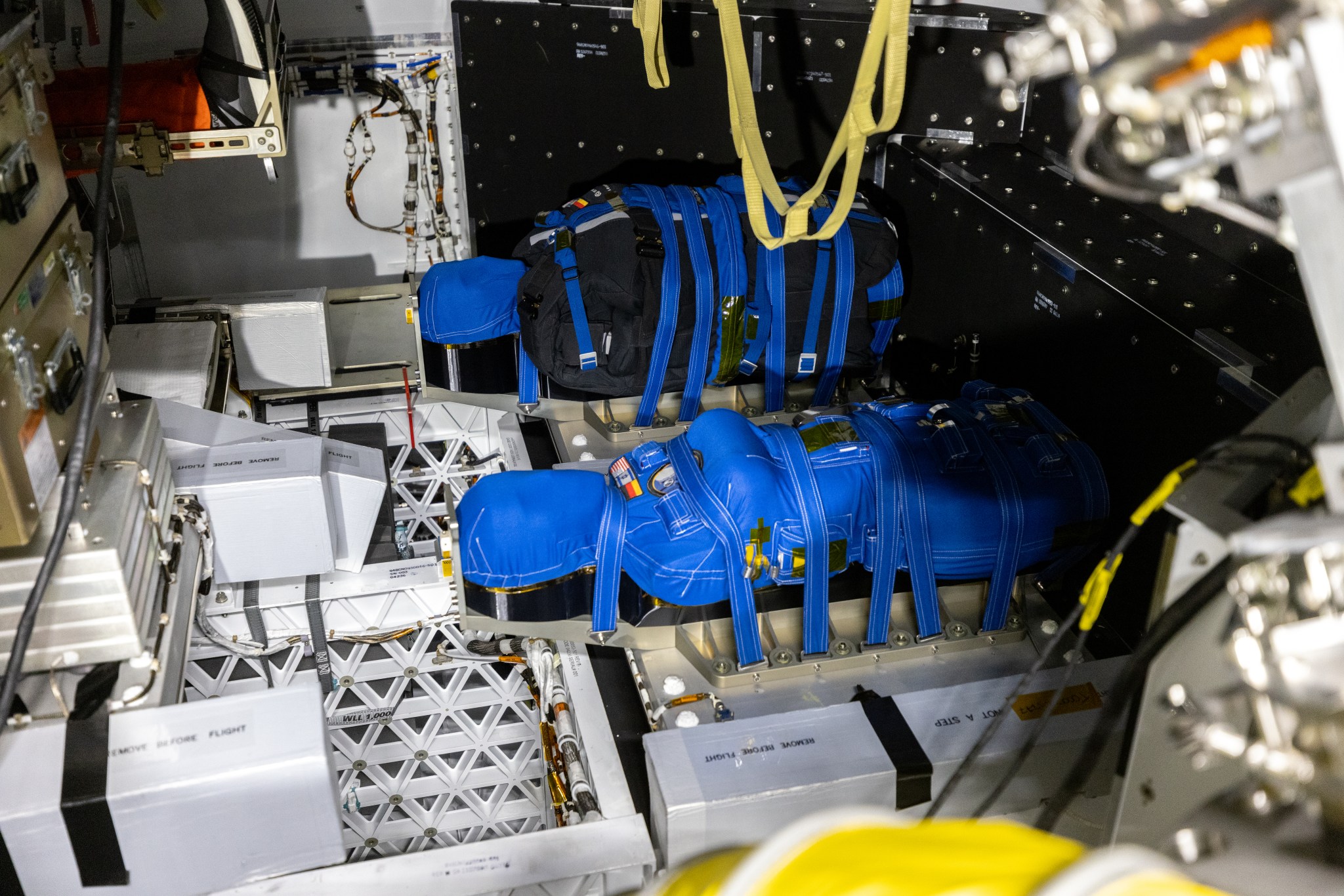
Researchers found that Orion’s design can protect its crew from potentially hazardous radiation levels during lunar missions. Though the spacecraft’s radiation shielding is effective, the range of exposure can greatly vary based on spacecraft orientation in specific environments. When Orion altered its orientation during an engine burn of the Interim Cryogenic Propulsion Stage, radiation levels dropped nearly in half due to the highly directional nature of the radiation in the Van Allen belt.
“These radiation measurements show that we have an effective strategy for managing radiation risks in the Orion spacecraft. However, key challenges remain, especially for long-duration spaceflights and the protection of astronauts on spacewalks,” said Stuart George, NASA’s lead author on the paper.
NASA’s long-term efforts and research in mitigating space radiation risks are ongoing, as radiation measurements on future missions will depend heavily on spacecraft shielding, trajectory, and solar activity. The same radiation measurement hardware flown on Artemis I will support the first crewed Artemis mission around the Moon, Artemis II, to better understand the radiation exposure seen inside Orion and ensure astronaut safety to the Moon and beyond.
For more information on NASA’s Artemis campaign, visit:
https://www.nasa.gov/artemis
What's Your Reaction?



















.jpg?#)























